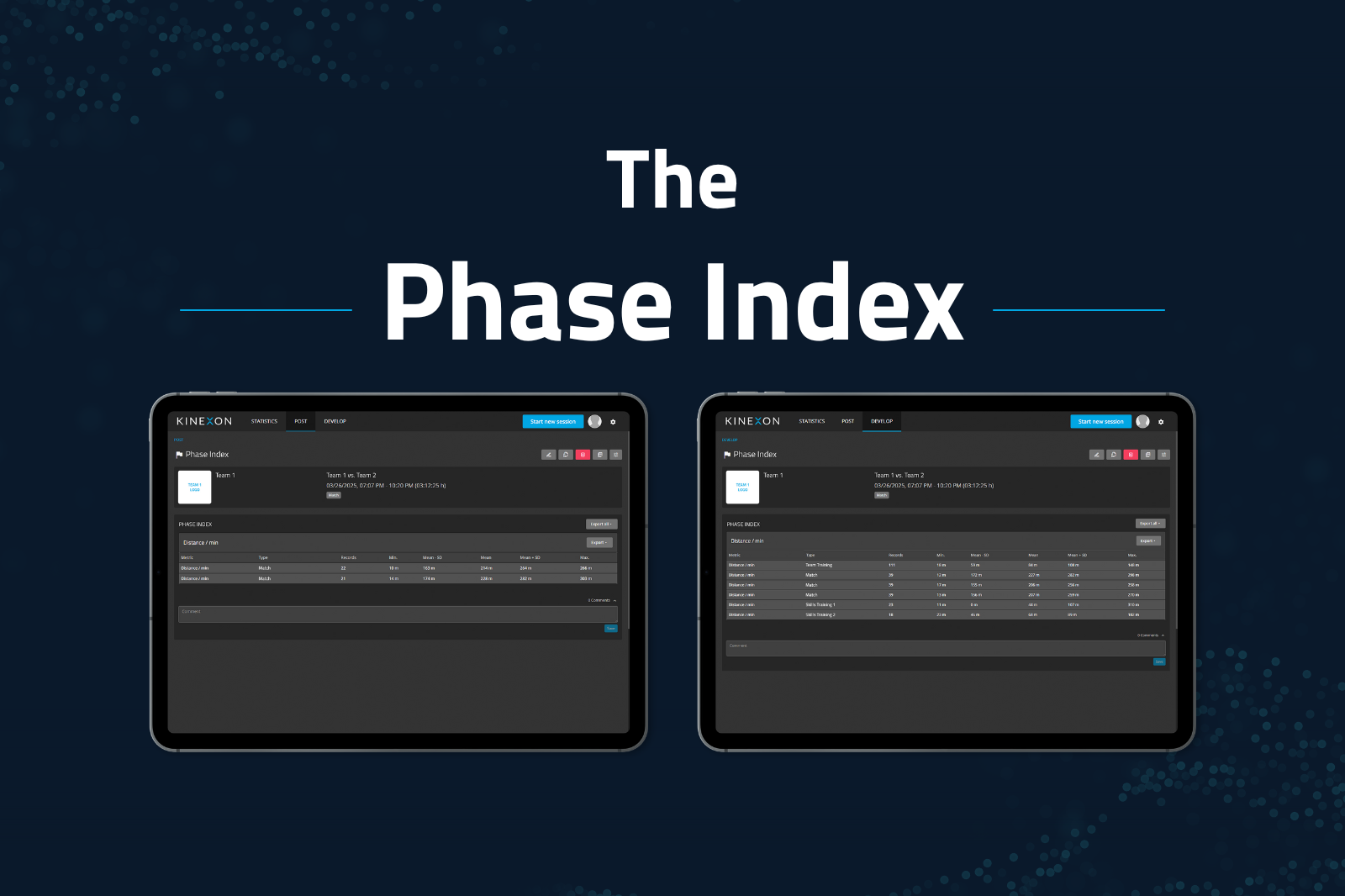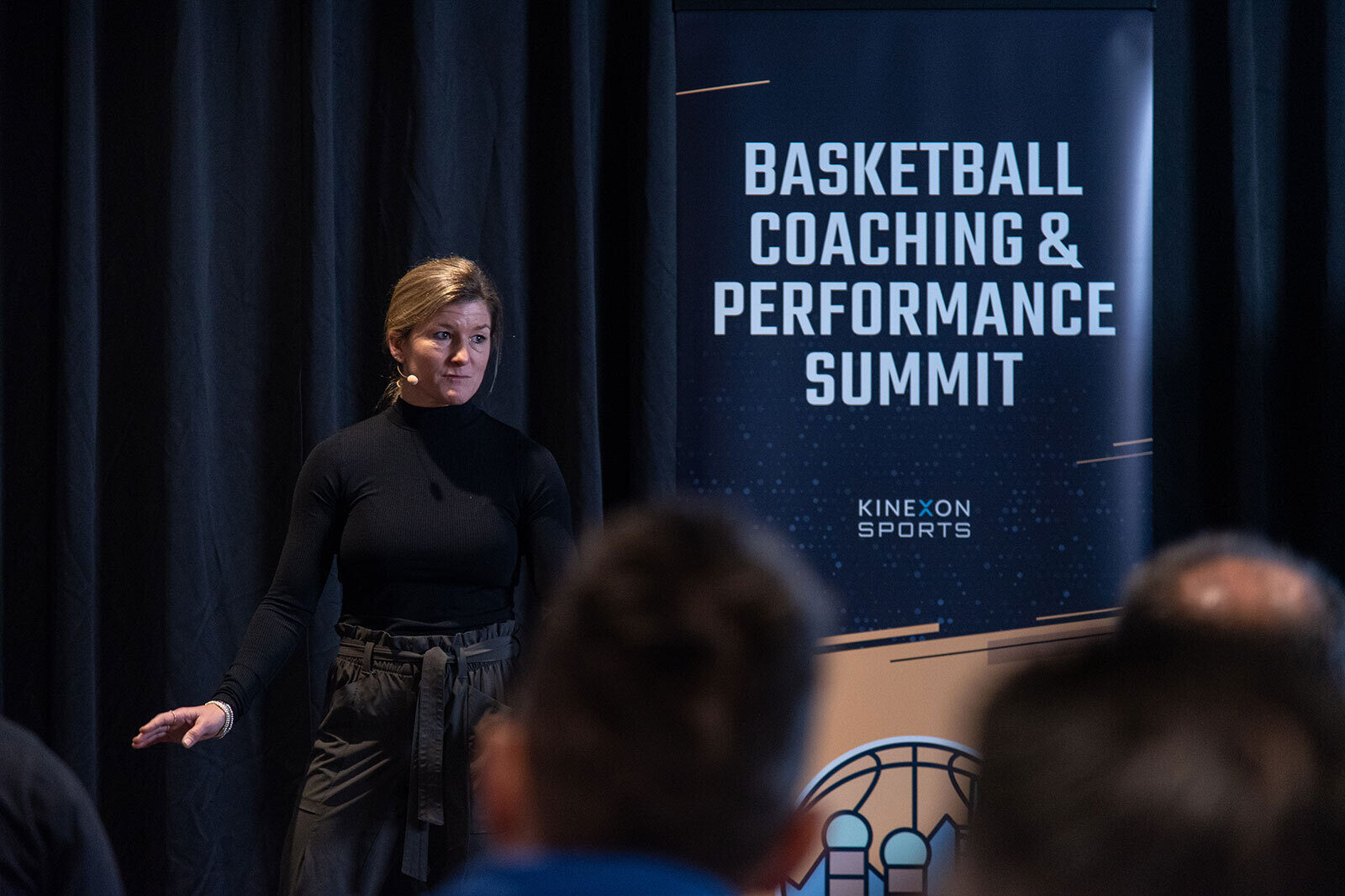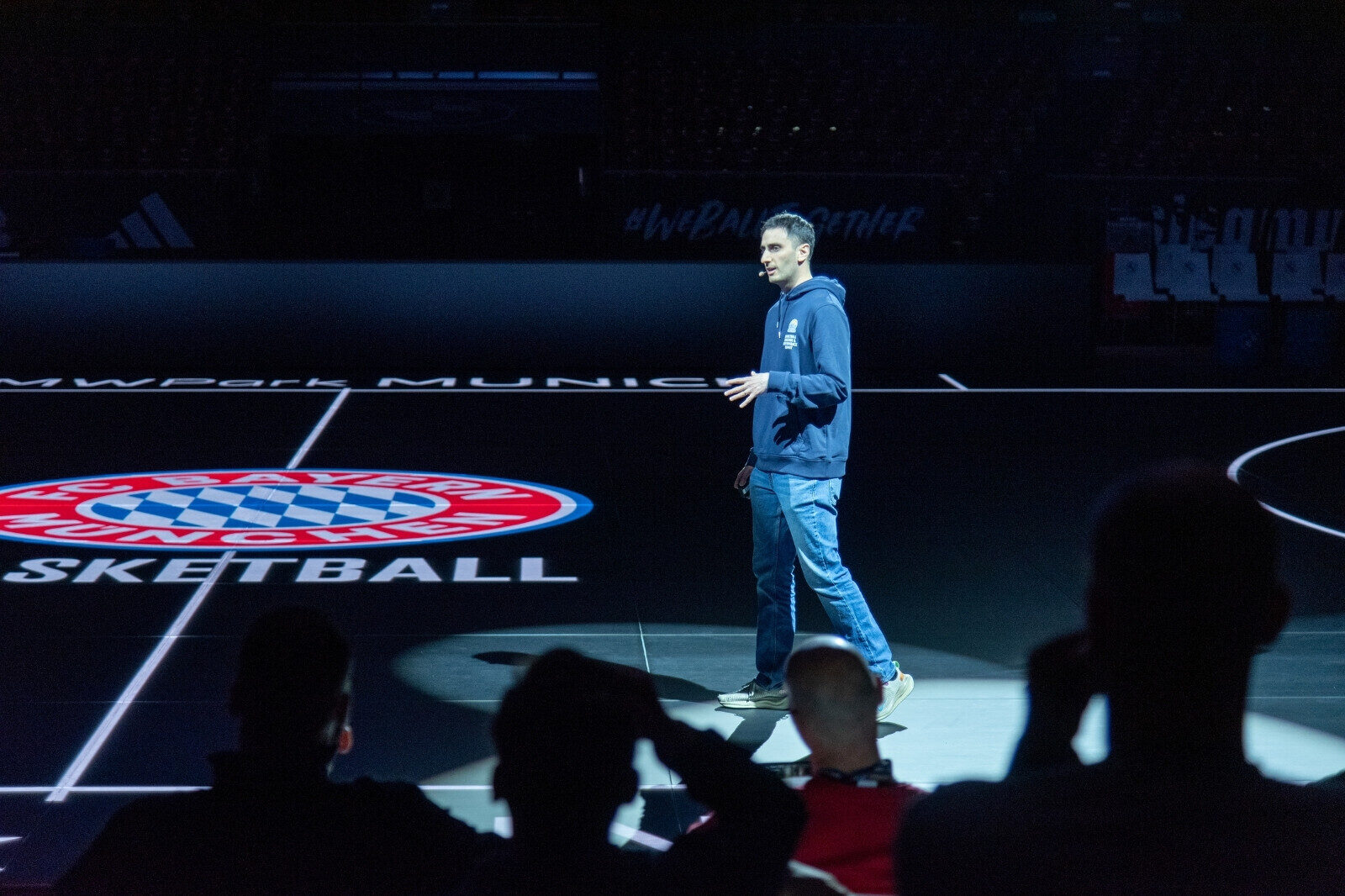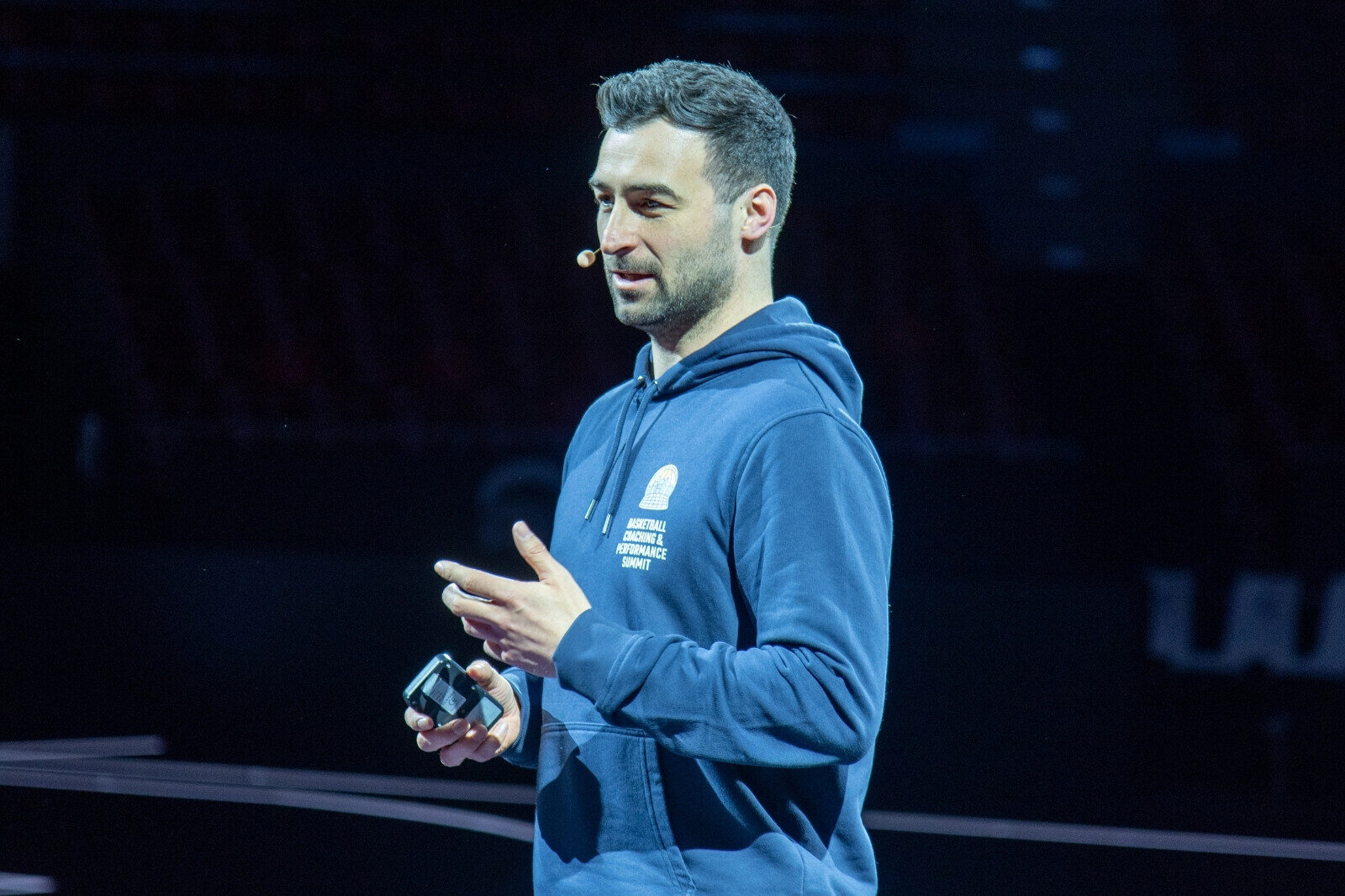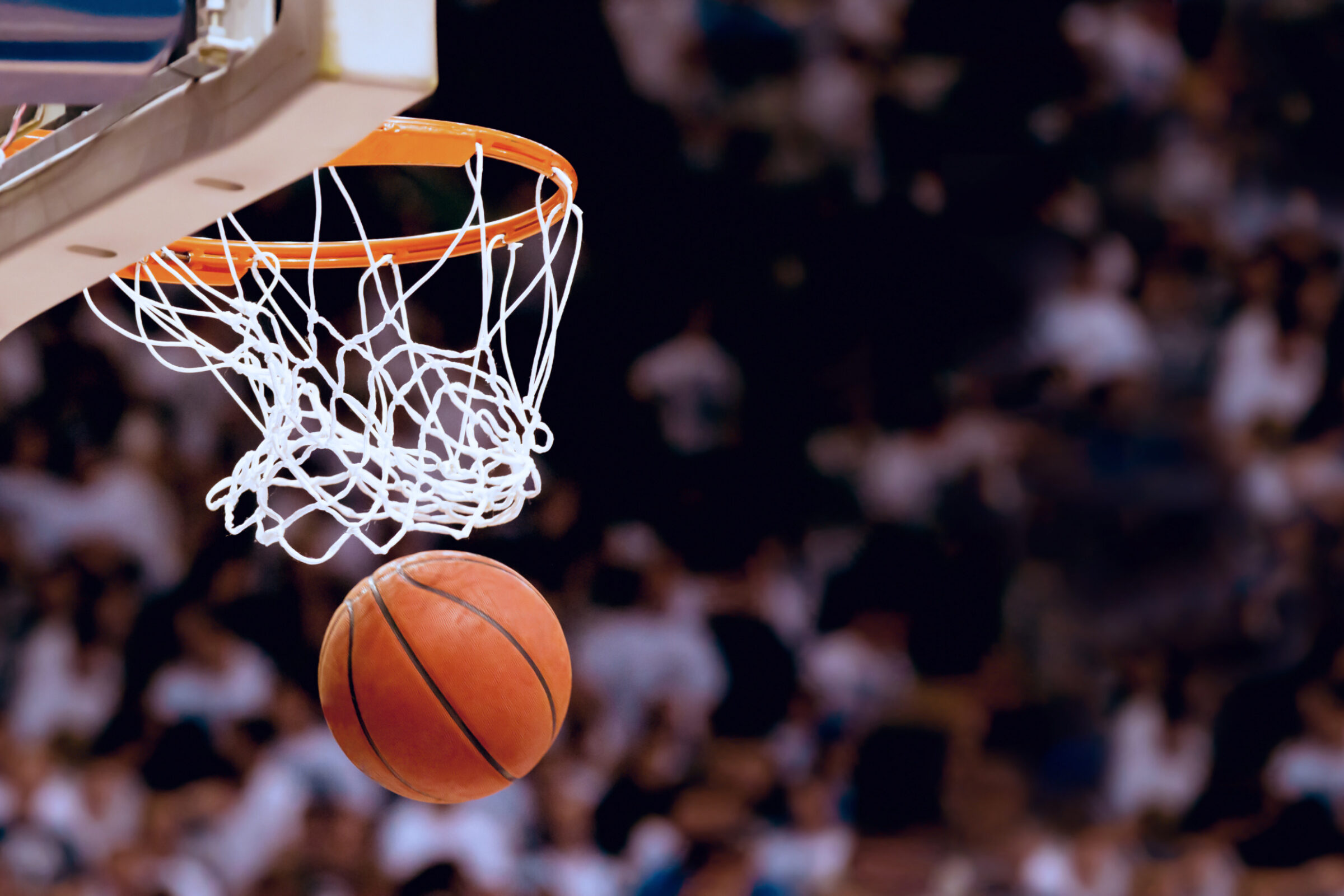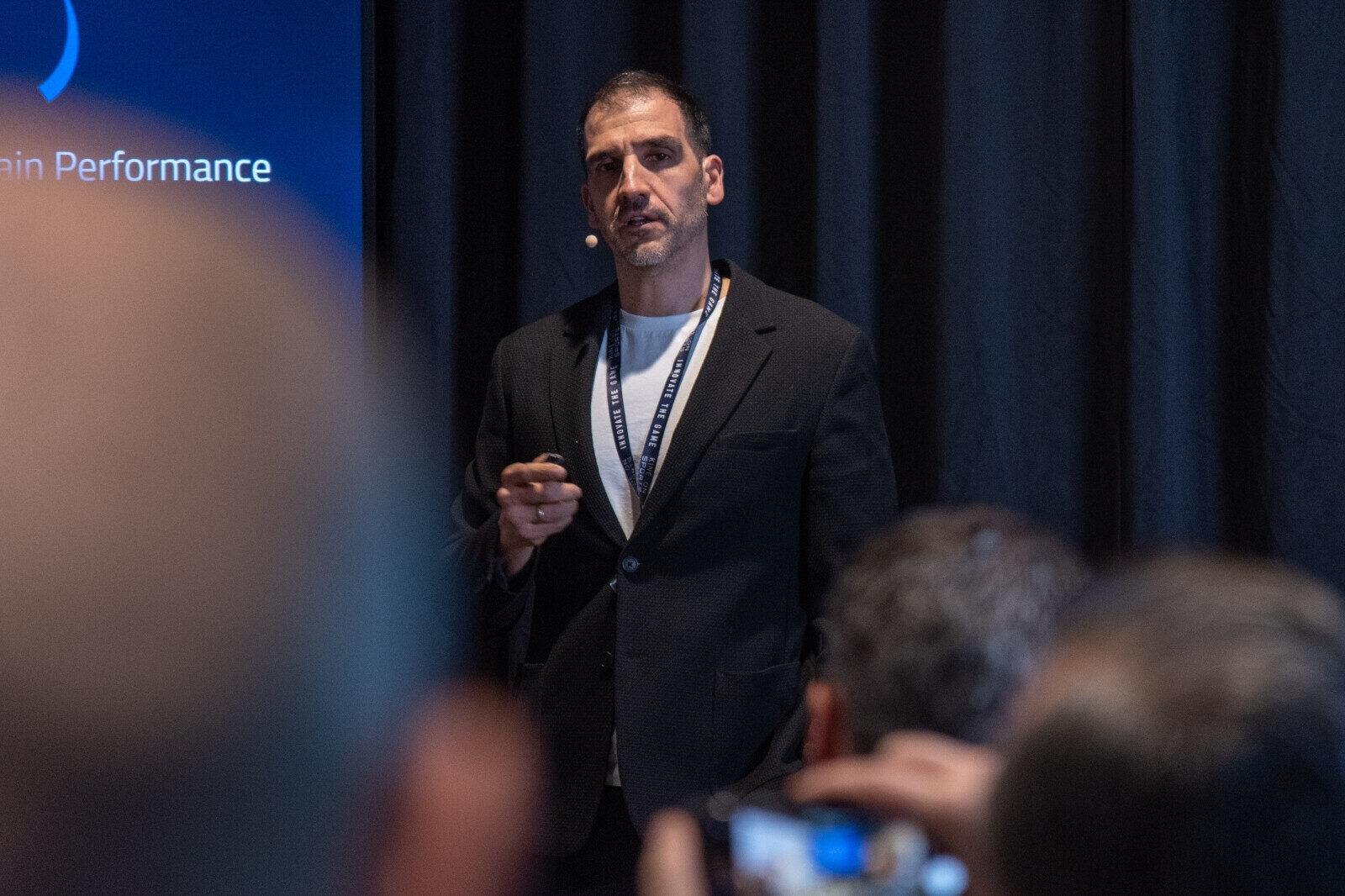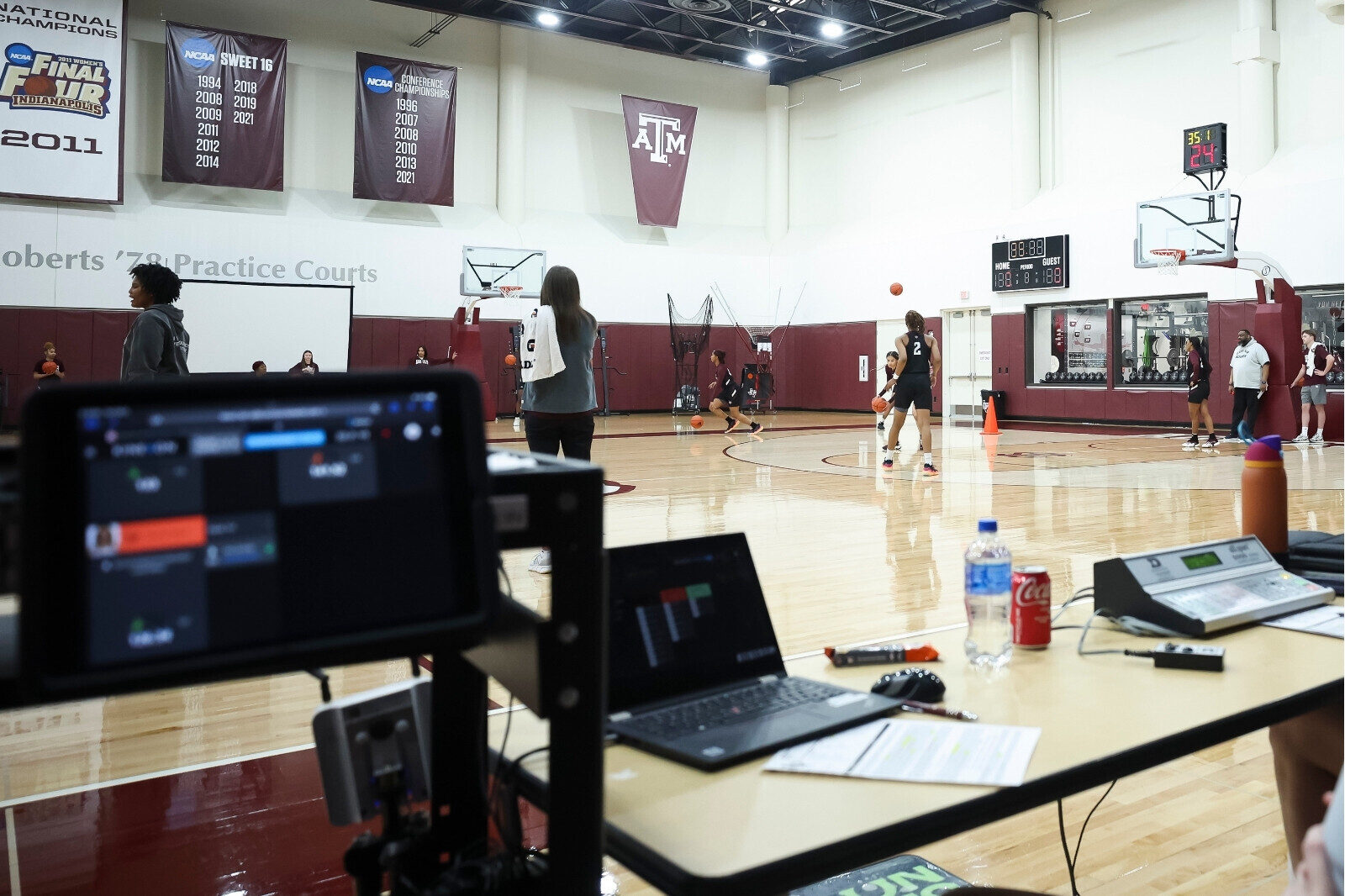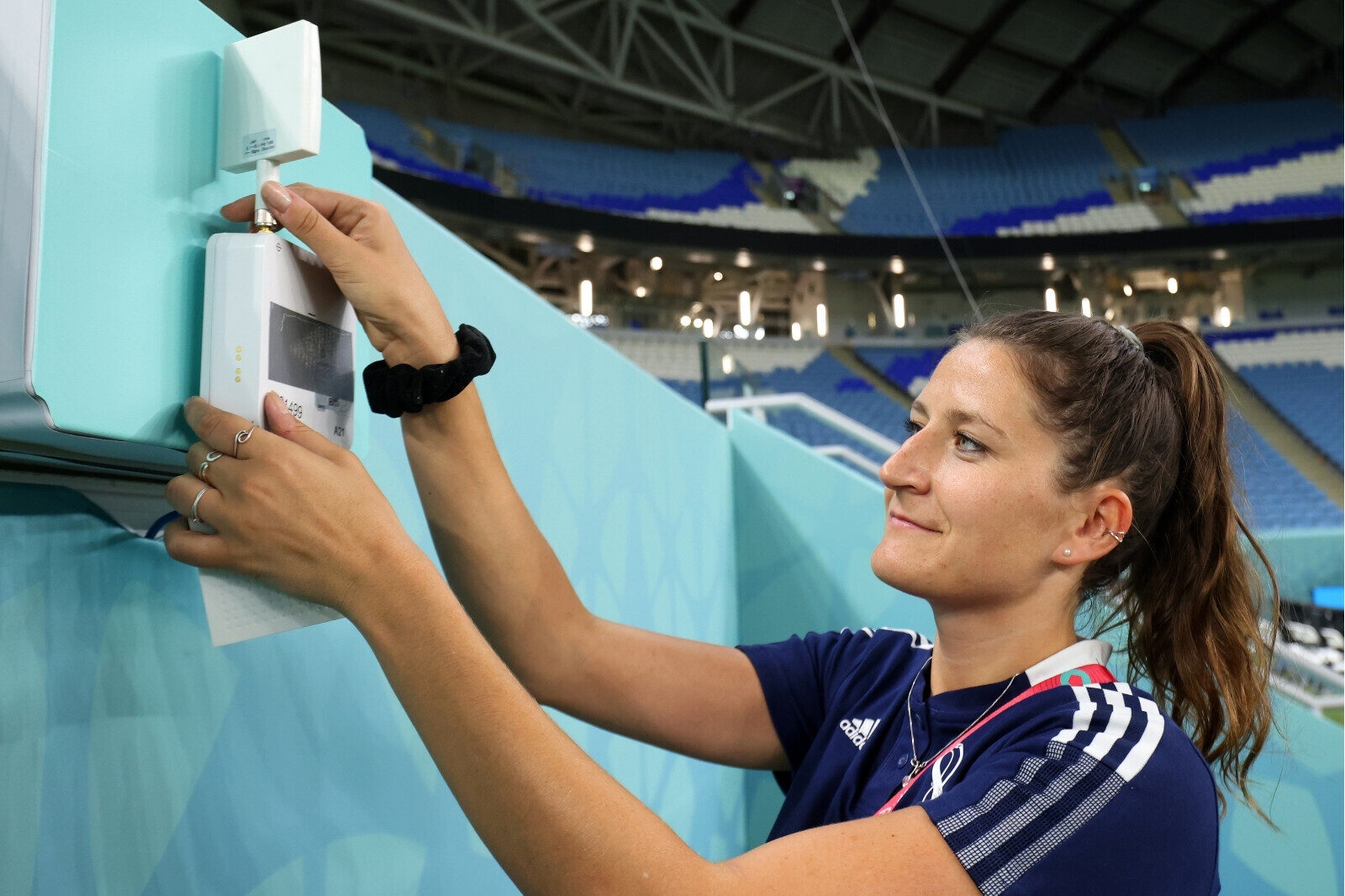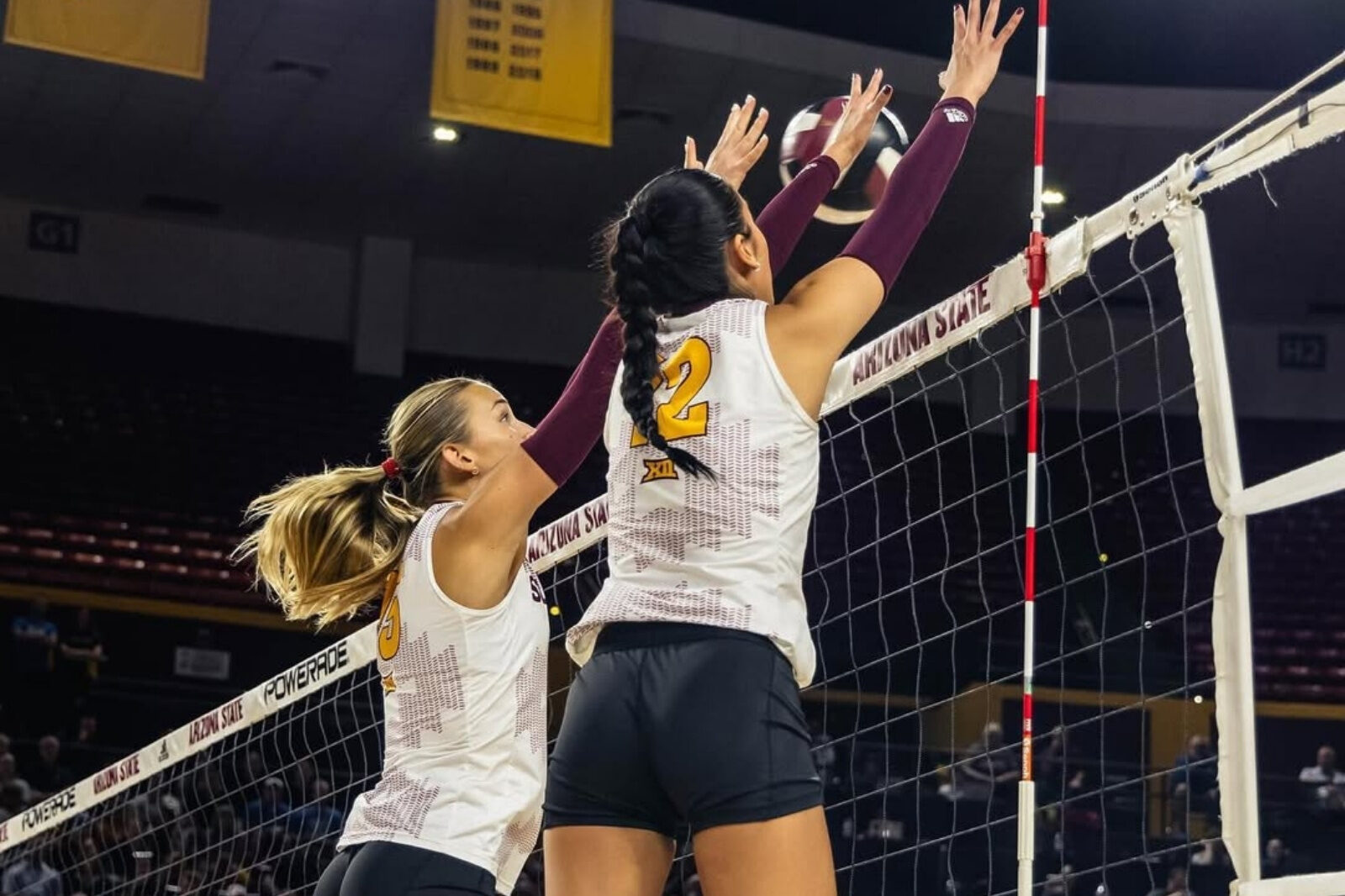What's The Connection Between Fatigue and Soft Tissue Injuries in Handball?
With the increasing number of matches and tournaments that handball players must participate in every year, such as the European Championship (Euro), the Olympics, the Champions League, and the national leagues, the workload and stress on the bodies of handball players is enormous. Here’s how some coaches use data to prevent soft tissue injuries.
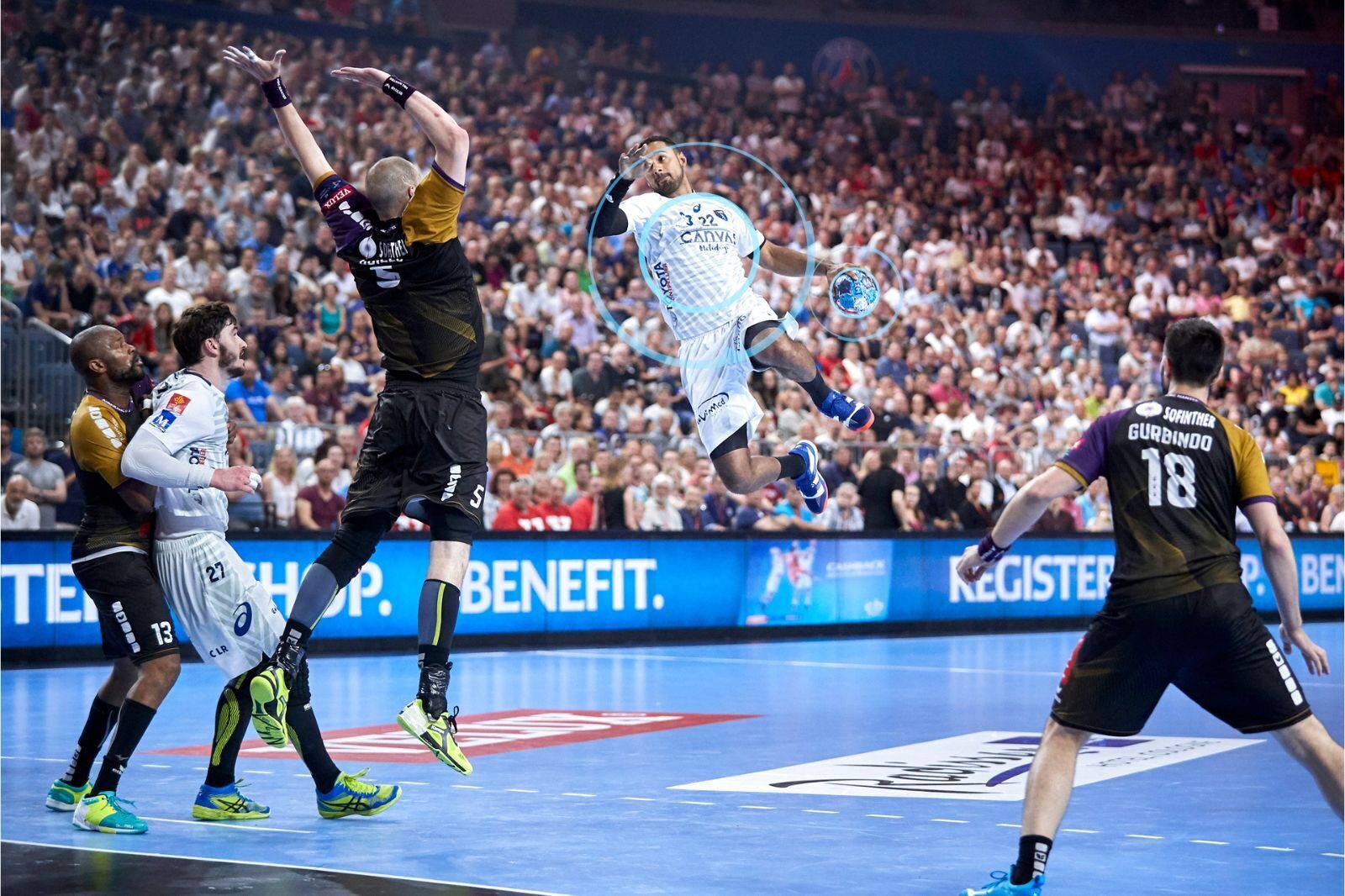
Data analytics is the process of collecting, analyzing, and interpreting data to gain insights and make informed decisions. In handball, data analytics can help teams to:
- Track and manage the workload and recovery of each player
- Design and implement individualized training and recovery programs
- Identify and prevent potential injuries and risk factors
There are always going to be contact injuries from collisions, and non-contact injuries such as anterior cruciate ligament (ACL) tears and Achilles tendon ruptures. But some coaches (in multiple sports) are finding out that a little data, and practicing some patience can help decrease soft-tissue injuries.
German National Team is Decreasing Knee Injuries with a Data-Driven Load Management Plan
How Handball Teams Collect Data
The grueling handball schedule can lead to fatigue, overuse, reduced performance, and higher susceptibility to injuries.
To cope with these challenges, handball teams are starting to use data analytics to monitor, measure, and optimize the physical load of their players.
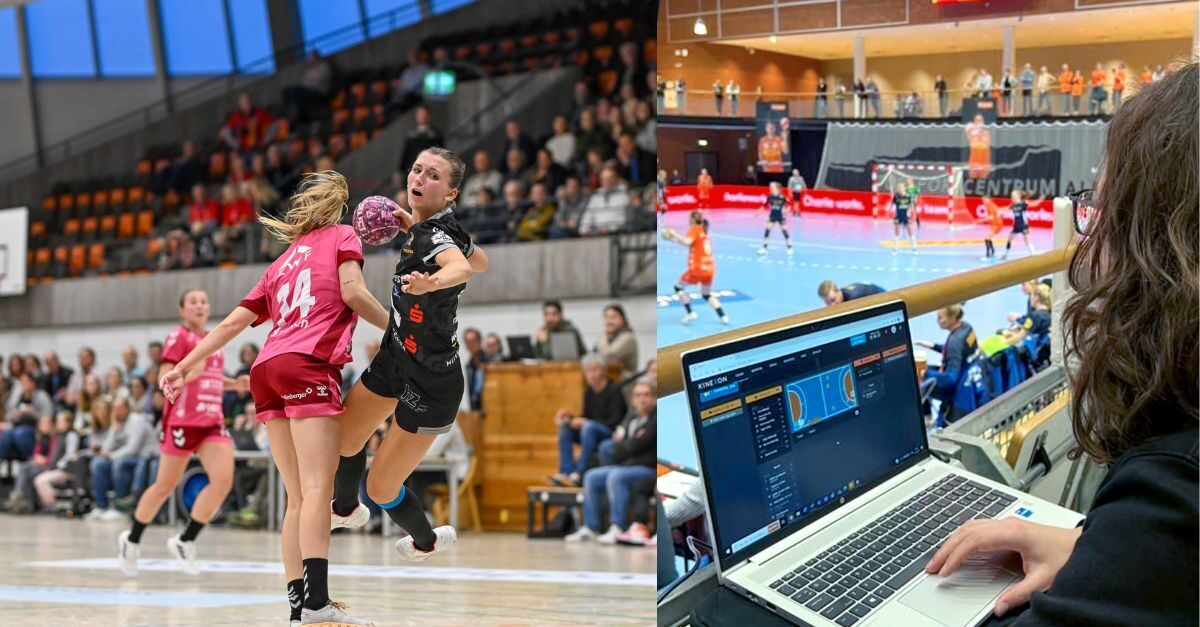
We’re working with many handball teams to help them collect data and use it. One of the main sources of data for handball teams is through our KINEXON PERFORM LPS system with wearable sensors that players use during matches. Additional teams will also use KINEXON PERFORM IMU in training sessions.
The data collected by our player tracking devices can be transmitted in real-time to an easy-to-read dashboard, where coaches and analysts can access and visualize them.
How Sports Data Can Help with Soft-Tissue Injuries

Metrics that most teams like to look at include:
- Change of direction
- Acceleration and deceleration
- Jump load
By using data analytics, handball teams can get a better understanding of the load that each player must bear, and how it affects their performance and injury risk. For example, coaches can track things, like:
- How much distance each player covers
- How fast they run
- How many sprints they make
- How many jumps they perform
- How many contacts they have with other players
They can also see how these variables change over time and use the information to adjust a player’s training and match plans accordingly. If they’re fatigued, studies show they’re more susceptible to injury.
Coaches can also ensure that each player receives the optimal amount of load and recovery. For instance, they can decide which players need more rest, which players need more intensity, which players need more variation, and which players need more specific exercises.
The information can then be used to create a return to play protocol for injured players. For example, with an injured ankle or knee you have overview and control. You can track how many jumps a player made during training and increase the amount to full load step by step.
And decide which players are ready to play, and which players need to be rested.
Data Helps Coaches Visualize What Could Be Coming Next
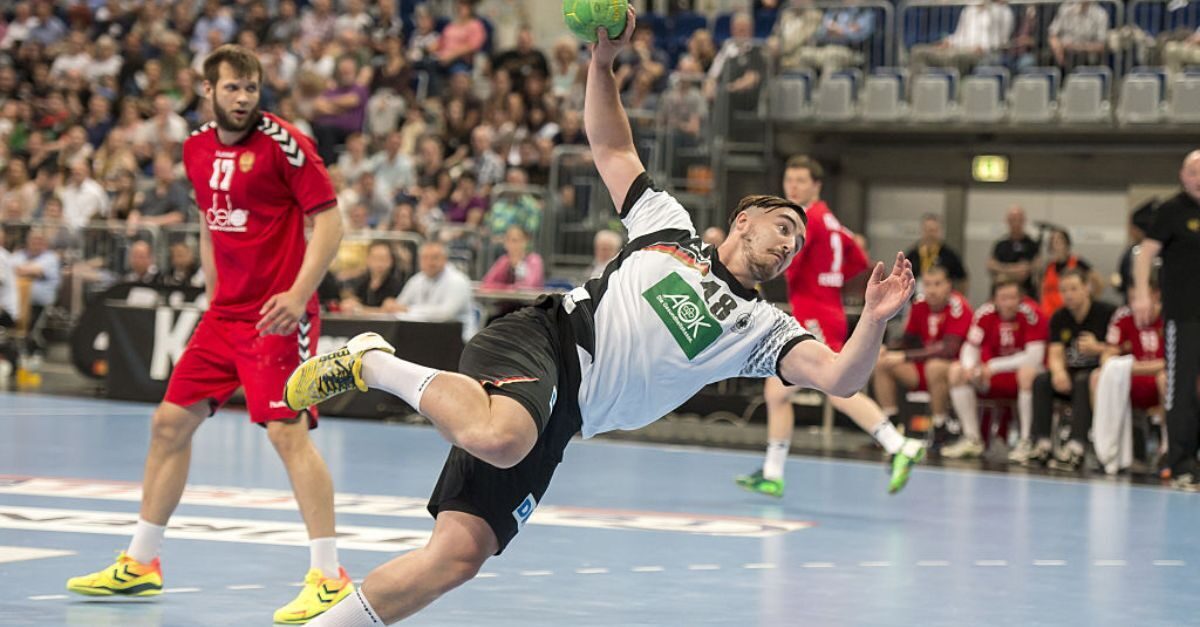
By using this information, coaches can intervene early and prevent the injury from happening or reduce its severity and duration. For instance, they can prescribe preventive exercises, to address the specific needs of each player, such as:
- Stretching
- Strengthening
- Balance training
But it takes time. Coaches who are patient, and build a database on players now, are compiling information that will carve out training regimens for years to come.
If you’d like to learn how to get started or how to adjust your training regimens using data, contact KINEXON Sports.

